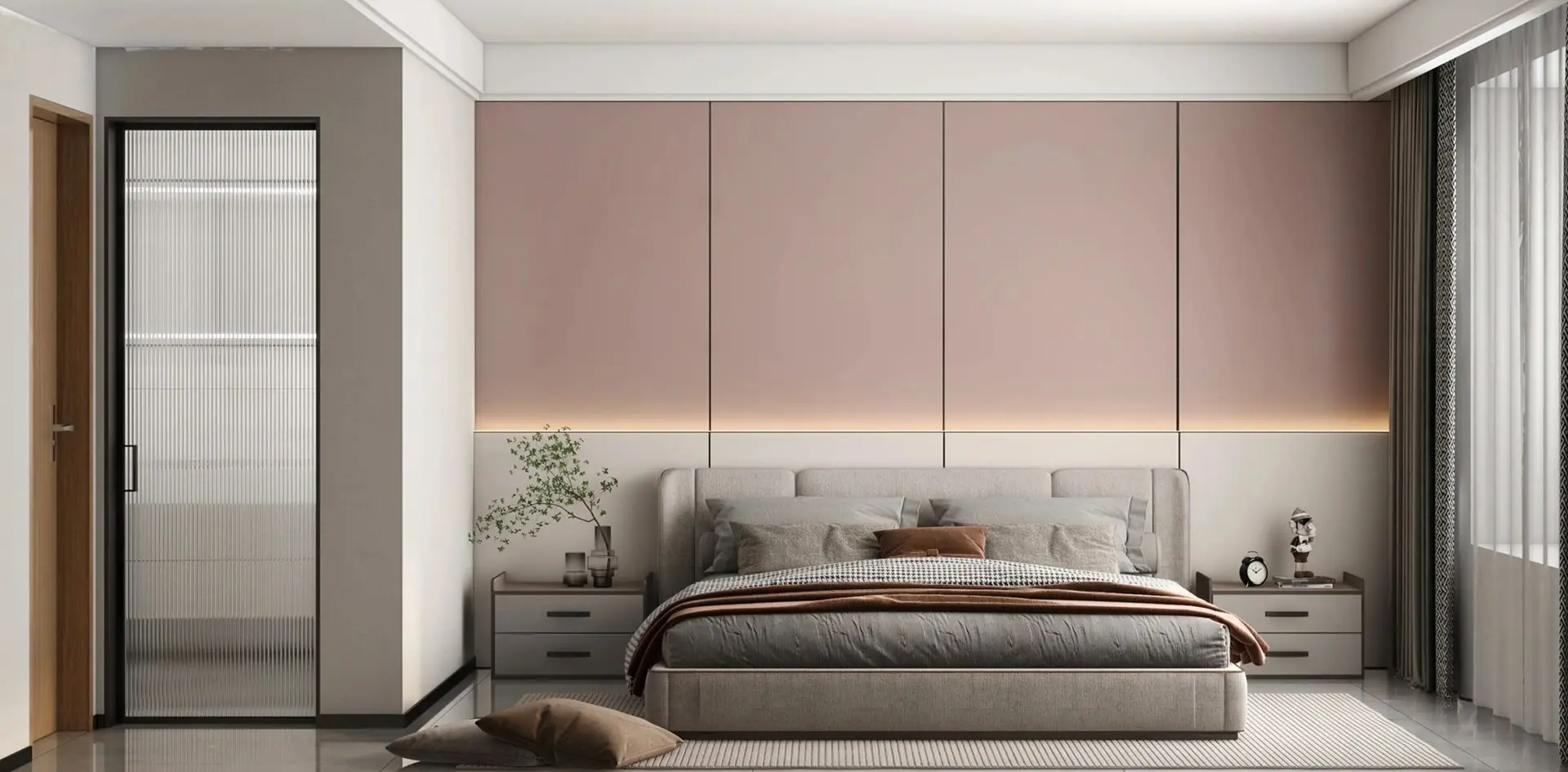
10 Best Access Panels to Enhance Your Home's Accessibility and Style
In today's home design landscape, achieving both functionality and aesthetic appeal is paramount, and access panels serve as a vital component in this equation. Access panels not only facilitate easy access to critical utilities and systems within a property but also enhance the overall appearance of existing spaces. According to a report by the Home Innovation Research Labs, the demand for access panels in residential construction has surged by 15% over the past five years, underscoring the growing recognition of their importance in modern homes.
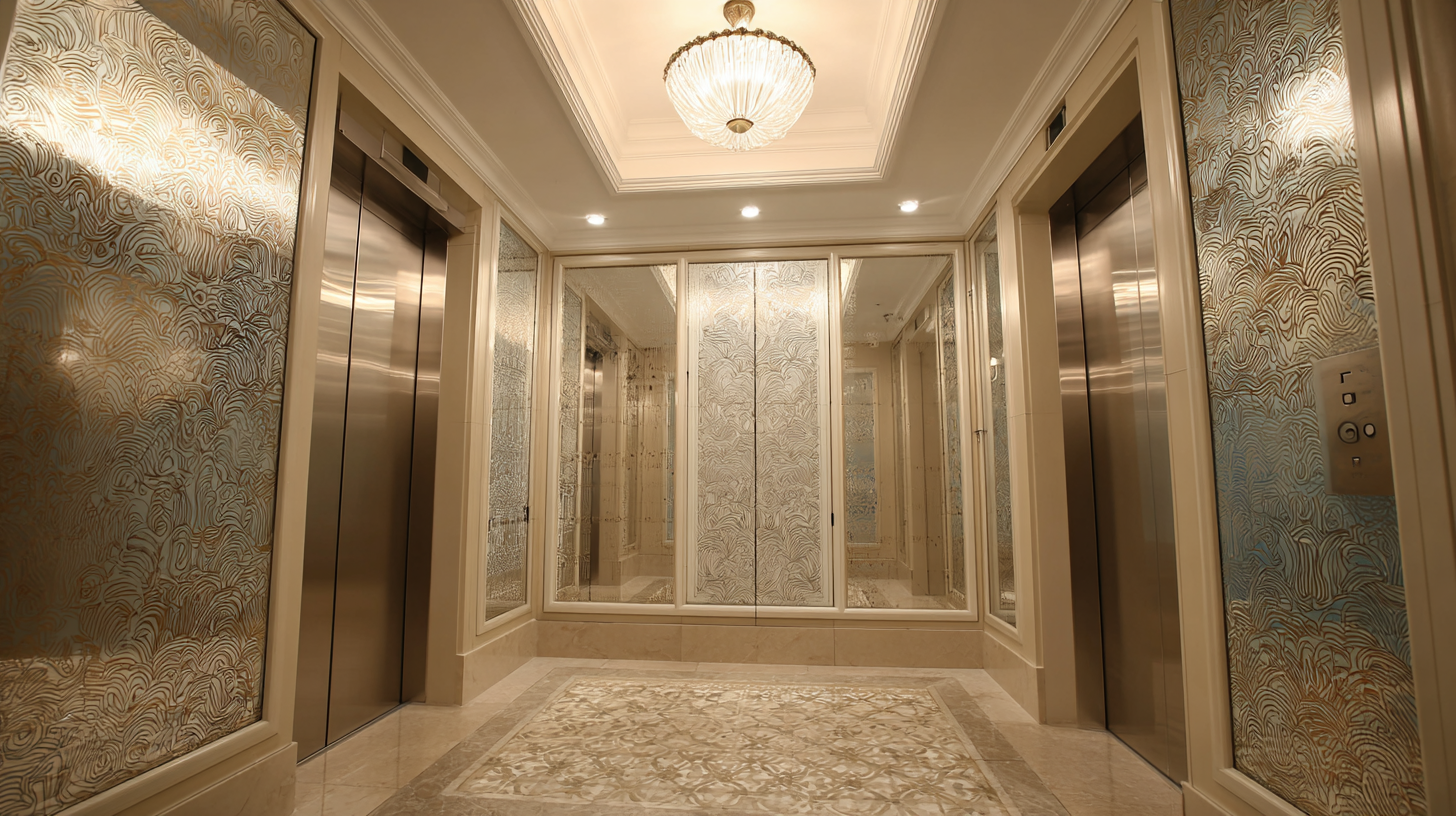
Renowned home accessibility expert, Dr. Jane Holloway, emphasizes the dual role of access panels, stating, "Incorporating access panels into home design not only improves maintenance efficiency but also elevates the style quotient of any room." This sentiment is echoed by industry trends that highlight a shift towards more stylish, discreet access solutions that blend seamlessly with interior decor. As homeowners increasingly prioritize both accessibility and design, understanding the best options for access panels can significantly enhance the functionality and visual appeal of their living spaces. Choosing the right access panels thus becomes essential for anyone looking to optimize their home environment effectively.
Choosing the Right Access Panel for Your Space
When selecting the right access panel for your space, it's essential to consider both functionality and aesthetics. Access panels not only provide essential access to plumbing, electrical wiring, and HVAC systems, but they can also enhance the overall design of your home. According to a report by the National Kitchen and Bath Association, homeowners increasingly prioritize utility and style in their renovations, with 60% now considering how access points fit into the overall design scheme of their rooms.
Materials play a crucial role in the choice of access panels. For instance, metal panels are often preferred for high-traffic areas due to their durability, while newer options like flush-mounted drywall panels can blend seamlessly into any wall or ceiling, creating a polished look. A recent study by Market Research Future found that the demand for aesthetically pleasing home improvement solutions is projected to grow by 8% annually, indicating a significant trend toward integrating functional elements like access panels into stylish home designs. This trend showcases the importance of choosing panels that are not just practical but also contribute to the home's interior decor.
Design Considerations: Blending Style and Functionality
When selecting access panels for your home, design considerations play a critical role in achieving a balance between style and functionality. Aesthetic choices, such as the finish and texture of the panel, can dramatically influence the visual appeal of the space while ensuring that the access point remains discreet. For instance, opting for painted panels that match the wall color can create a seamless look, minimizing distractions and enhancing the overall decor. In contrast, choosing stylish metallic or decorative panels can serve as a statement piece, drawing attention to the area while still providing necessary access.
Functionality should not be overlooked in the quest for stylish access panels. Consider how often you'll need to use the panel, as well as its placement in relation to furniture and other architectural elements. Panels that are easy to open and securely close are essential, especially in high-traffic spaces. Additionally, waterproof or durable materials can ensure long-lasting function without compromising on aesthetics. By thoughtfully integrating access panels that enhance both accessibility and style, homeowners can create spaces that are not only functional but also visually pleasing.
Accessibility and Style in Home Design: Access Panel Dimensions
Step-by-Step Guide to Installing Access Panels
When it comes to enhancing your home's accessibility and aesthetic appeal, installing access panels can be a game changer. These panels not only provide easy access to plumbing and electrical systems but also contribute to the seamless design of your interiors. According to industry reports, well-placed access panels can lead to a 30% increase in home value, making them a wise investment for both functionality and resale potential.

Installing access panels can seem daunting, but following a clear step-by-step guide simplifies the process. First, choose the right location in your walls or ceilings where access is needed. Utilize reliable tools for cutting and fixing the panel securely. Always measure twice to ensure a perfect fit—a crucial step to prevent extra work and ensure that the panel blends effortlessly into your décor.
Tips: Before you start, consider the panel material that best suits your environment. For high-moisture areas, opt for water-resistant panels, while fire-rated panels can enhance safety in critical areas. Additionally, utilizing decorative trims around your access panels can enhance their appearance while maintaining functionality, ensuring they complement your home's style rather than detract from it.
Creative Ways to Incorporate Access Panels in Interior Design
Incorporating access panels into your home design not only improves functionality but also enhances the overall aesthetic appeal. Interior designers suggest that creatively designing access points can transform them from mundane necessities into stylish features of your space. For example, access panels can be cleverly integrated into walls adorned with artwork or decorative elements, effectively camouflaging them while maintaining easy access to essential utilities. According to industry experts, well-designed access panels can elevate the perception of a room by disguising everyday objects, thus creating a more harmonious environment.
Furthermore, the trend of multifunctional spaces has driven innovative approaches to access panels. With the rise of minimalistic living, concealed access can significantly reduce visual clutter. Designers recommend using matching materials and colors for access panels that blend seamlessly with surrounding surfaces. This method allows homeowners to maintain a cohesive look without compromising on practicality. Reports indicate that homes using such integrated design strategies not only enhance user experience but also potentially increase their market value, with buyers increasingly seeking out properties that showcase thoughtful design solutions.
10 Best Access Panels to Enhance Your Home's Accessibility and Style
| Access Panel Type | Material | Size (inches) | Style/Design | Installation Location | Price Range ($) |
|---|---|---|---|---|---|
| Standard Access Panel | Steel | 14 x 14 | Plain | Walls | 50 - 80 |
| Fire Rated Access Panel | Fiberglass | 24 x 24 | Minimalist | Ceilings | 80 - 120 |
| Drywall Access Panel | Aluminum | 12 x 12 | Modern | Walls | 30 - 60 |
| Decorative Access Panel | Wood | 18 x 36 | Carved | Living Room | 150 - 250 |
| Changeable Picture Frame Panel | Plastic | 22 x 28 | Picture Frame | Hallway | 70 - 100 |
| Heavy-Duty Access Panel | Steel | 30 x 30 | Industrial | Garage | 100 - 150 |
| Wall-Mounted Access Panel | Aluminum | 16 x 18 | Sleek | Bedroom | 60 - 90 |
| Access Door with Lock | Steel | 14 x 14 | Functional | Utility Room | 90 - 130 |
| Retractable Access Panel | Composite | 24 x 36 | Innovative | Basement | 200 - 300 |
| Customizable Access Panel | Various | Varies | Personalized | Anywhere | 100 - 400 |
Maintenance Tips for Ensuring Longevity and Performance
When it comes to enhancing your home’s accessibility and style, choosing the right access panels is just the beginning. Equally important is the maintenance that ensures these panels serve their purpose effectively over time. Proper care not only extends the life of your access panels but also maintains their aesthetic appeal. Regular inspections should be conducted to check for signs of wear, such as cracks or gaps, in the material, as these can compromise both function and appearance.
Cleaning access panels is another critical aspect of maintenance. Depending on the material—be it metal, plastic, or wood—using the appropriate cleaning solutions can prevent the buildup of dust and grime, which may hinder their performance. Additionally, lubricating hinges and latches periodically will ensure smooth operation, especially for panels that see frequent use. By prioritizing these maintenance tips, homeowners can enjoy the perfect blend of accessibility and style, keeping their spaces functional and visually appealing for years to come.
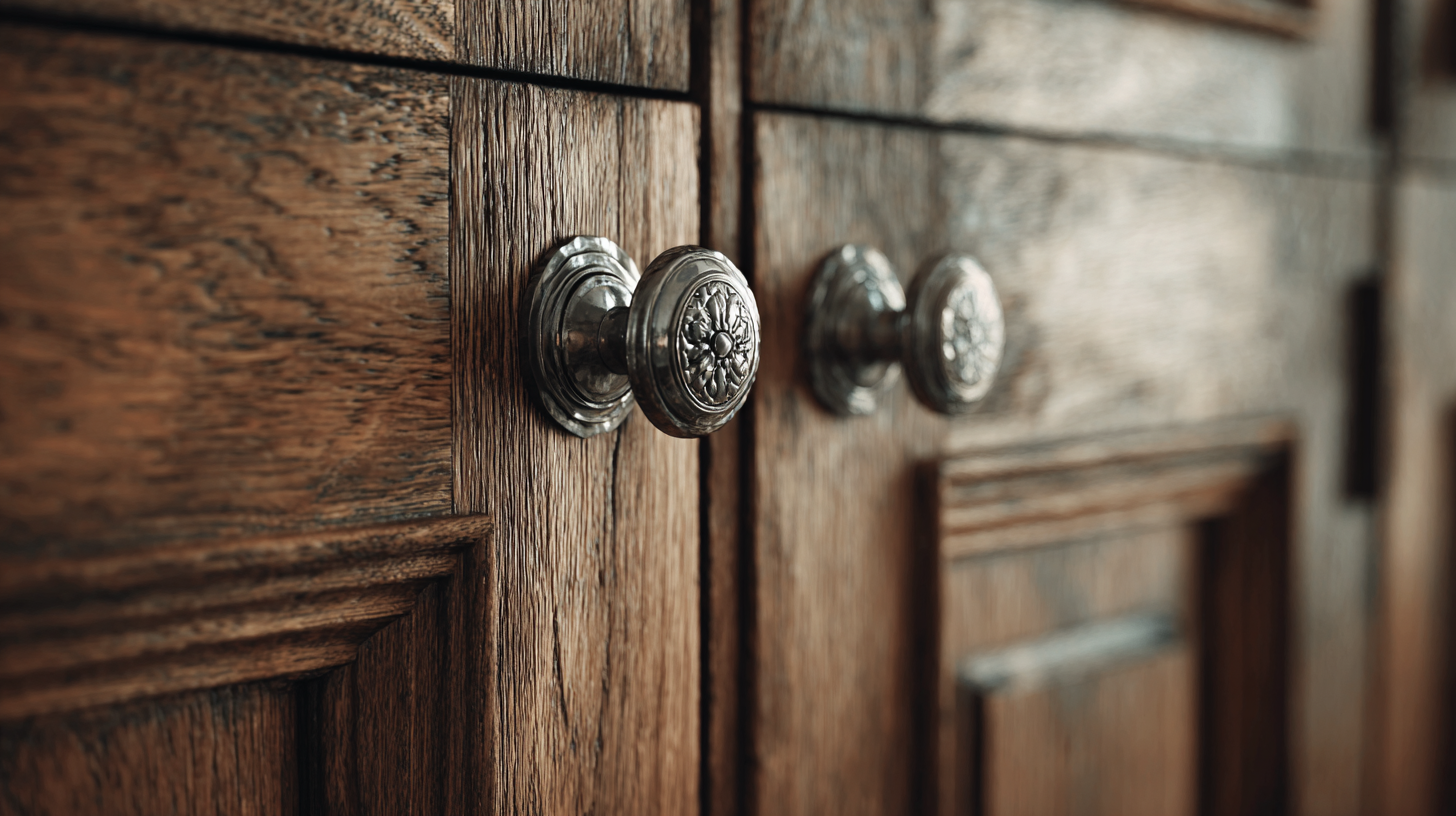
Related Posts
-

Top Strategies for Maximizing Efficiency with Access Panels
-

15 Essential Access Panels Tips for Global Buyers
-
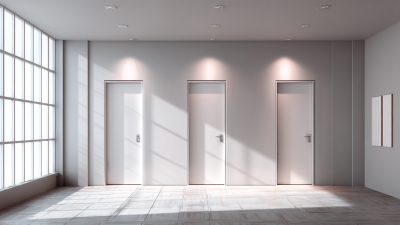
5 Clever Tips to Choose the Best Access Panels for Your Needs
-

How to Choose the Perfect Inside Bifold Doors for Your Space
-
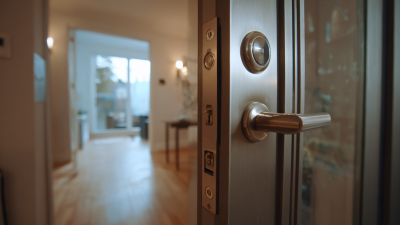
Exploring the Benefits of Lockable Sliding Doors for Home Security and Convenience
-
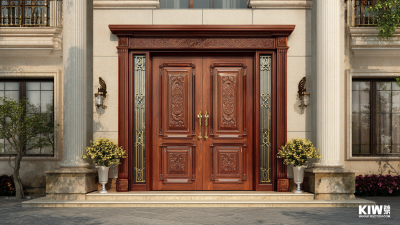
Unmatched Quality of Best Double Door Front Doors from Trusted Chinese Manufacturers




